I have an interest in wilderness medicine, so when I come across some remedy, I save it. Here are a few that I have found.
Snake bite
“I asked her to prepare a poultice of warm ashes and vinegar, and I applied it to my leg, which was already much swollen. The application gave me some relief, but the swelling did not abate. The dread of being disabled was greater than the physical pain I endured.
My friend asked an old woman, who doctored among the slaves, what was good for the bite of a snake or a lizard. She told her to steep a dozen coppers in vinegar, overnight, and apply the cankered vinegar to the inflamed part.”
“The poison of a snake is a powerful acid, and is counteracted by powerful alkalies, such as potash, ammonia, &c. The Indians are accustomed to apply wet ashes, or plunge the limb into strong lie. White men, employed to lay out railroads in snaky places, often carry ammonia with them as an antidote.�?
(I would think baking soda would work, too, and it could also be used for brushing your teeth, bathing, and indigestion. I would also think that taking some antihistamines might be helpful.)
I copied the following from a book that I read on the Project Gutenberg DVD.
Appendicitis
“I have appendicitis; what shall I do to be saved?
_Don’t eat anything until well. Use a stomach tube and wash out the stomach; then use a fountain syringe and wash out the bowels; take a hot bath as hot as can be borne, and stay in the tub until all the pain is gone, or as long as possible; then go to bed, put ice on the bowels and keep it on until the temperature is reduced to 101 degree F. then apply hot applications or poultices and continue the poulticing until the bowels move, and the bowels will not move until the abscess breaks.Use an enema every night as a routine, and drink all the water desired, when there is no nausea.
Don’t manipulate the forming abscess, nor allow anyone else to do so.
The bowels will move in fourteen to twenty eight days from the beginning of the attack. Then the fast can be broken by giving a glass of hot milk, which is to be chewed well, or given in the form of junket; this is to be repeated three times a day for a week, or give the milk twice a day and a plate of mutton broth for the third meal. I do not give solid food because there is a large abscess cavity opening into the bowels, and if solid food is given before it has time to close, it is liable to find its way into this cavity, thereby preventing healing, and bringing on a chronic condition that will ultimately end in death. The less food taken for one week after the discharge takes place, the better. Any rational individual should see that withholding food is the proper treatment. Milk should be thoroughly mixed with saliva or not taken at all. Remember that if milk is not taken with great deliberation, and great care given to _thoroughly insalivate each sip, then it amounts to the same thing as eating solid food.”
Antibiotics
“Observations of cow tongues have recently revealed the presence of natural antibiotics on the tongue. The antibiotics are peptides that can prevent infection of cuts in the mouth by resident bacteria. Similar antibiotics are presumed to be produced by the human tongue as well.”
Honey is a natural antibiotic, as well. I read about a man that was treating people with infected wounds by dissolving sugar in honey and then packing it in to the wounds. The wounds were healing with very little scaring.
Two of my favorite books for learning self reliant medical care are: Where There Is No Doctor: A Village Health Care Handbook and Where There Is No Dentist. I also refer to, The Merck Manual of Medical Information, home edition .
and Where There Is No Dentist. I also refer to, The Merck Manual of Medical Information, home edition .
Related Post: Free, do it yourself medicine books
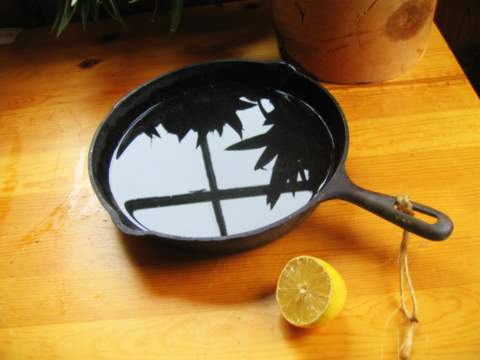 I suspect I’m anemic. In the Hesperian books “Where there is No Doctor” and “Where Women have no Doctor”, they recommend putting a clean piece of iron, like an iron nail, in a little lemon juice for a few hours. Then making lemonade with the juice and drinking it.
I suspect I’m anemic. In the Hesperian books “Where there is No Doctor” and “Where Women have no Doctor”, they recommend putting a clean piece of iron, like an iron nail, in a little lemon juice for a few hours. Then making lemonade with the juice and drinking it.


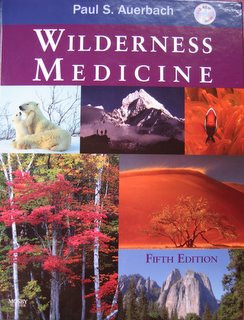
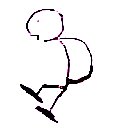 Somewhere in the Sierras, I got tired. It got hard to go uphill. I was slow and out of breath with any uphill. I suspected I was anemic. One afternoon I sat down to take a break and I couldn’t get myself to get up again. I thought I should put up my tent to avoid the mosquitoes, but I was too tired. Finally, I just pulled out my sleeping bag and slept next to the trail. In the morning, it was hard to roust myself and I got a late start.
Somewhere in the Sierras, I got tired. It got hard to go uphill. I was slow and out of breath with any uphill. I suspected I was anemic. One afternoon I sat down to take a break and I couldn’t get myself to get up again. I thought I should put up my tent to avoid the mosquitoes, but I was too tired. Finally, I just pulled out my sleeping bag and slept next to the trail. In the morning, it was hard to roust myself and I got a late start.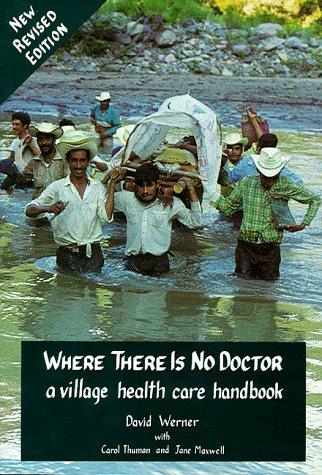
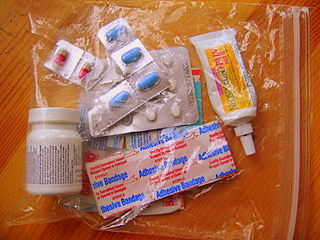 This is what is what I carry when backpacking:
This is what is what I carry when backpacking: hotel, I wouldn’t have found it had I been on the trail. Now it wasn’t just my knees that ached but every joint in my body. I called my son and through looking on the Internet he determined that I had Lyme disease. My neck ached terribly and I would get chilled and be looking at my sleeping bag on the floor, yet I would be too tired to get it. Then I would get really hot and look at a glass of water but I was too tired to reach for it.
hotel, I wouldn’t have found it had I been on the trail. Now it wasn’t just my knees that ached but every joint in my body. I called my son and through looking on the Internet he determined that I had Lyme disease. My neck ached terribly and I would get chilled and be looking at my sleeping bag on the floor, yet I would be too tired to get it. Then I would get really hot and look at a glass of water but I was too tired to reach for it. trip back. She still refused me antibiotics. I made an appointment with a doctor that was closer to the motel and he looked at the rash and said it was a textbook picture of a Lyme disease rash. When he said that he would prescribe 2 weeks of doxycycline. I said, “No, everyone says 4-6 weeks.�? But that is all he would give me and I was too tired to put up much of a fight. Then he charged me 85 dollars and sent me on my way. I took the antibiotics and in a few days, I was ready to head back out on the trail.
trip back. She still refused me antibiotics. I made an appointment with a doctor that was closer to the motel and he looked at the rash and said it was a textbook picture of a Lyme disease rash. When he said that he would prescribe 2 weeks of doxycycline. I said, “No, everyone says 4-6 weeks.�? But that is all he would give me and I was too tired to put up much of a fight. Then he charged me 85 dollars and sent me on my way. I took the antibiotics and in a few days, I was ready to head back out on the trail.
